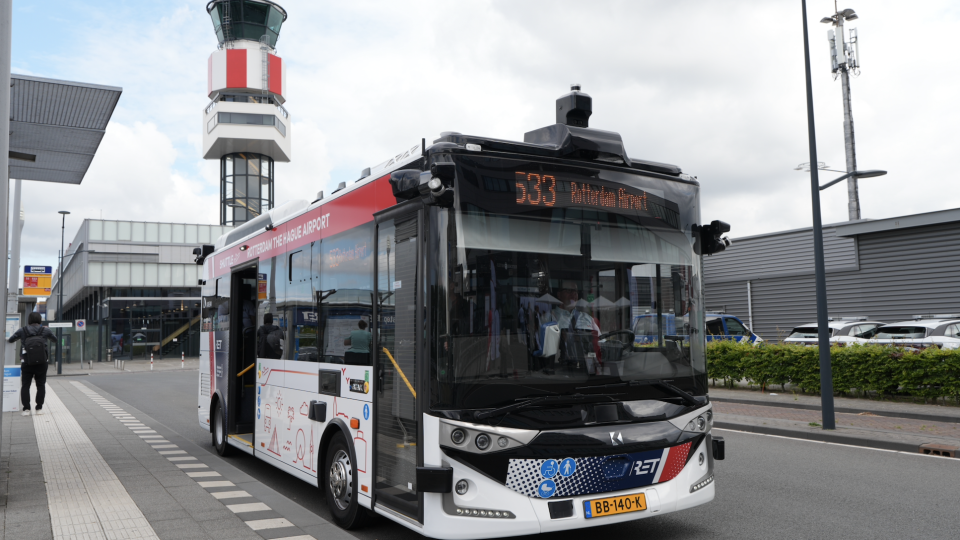New driverless project for Karsan: in Gothenburg from spring 2025
An autonomous bus pilot is set to begin in Gothenburg, Sweden, in spring 2025. Passengers will be welcomed on board since August. The news is reported on Swedish trade media Bussmagasinet.se. PTA and PTO in charge of the project are Västtrafik and Vy Buss. Technological partners? The Norwegian company Applied Autonomy and the Turkish bus […]

An autonomous bus pilot is set to begin in Gothenburg, Sweden, in spring 2025. Passengers will be welcomed on board since August. The news is reported on Swedish trade media Bussmagasinet.se.
PTA and PTO in charge of the project are Västtrafik and Vy Buss. Technological partners? The Norwegian company Applied Autonomy and the Turkish bus manufacturer Karsan, who took the opportunity of Persontrafik exhibition in Gothenburg, last week, to show the vehicles that will effectively put into service next year in the district of Gårda in the Swedish city.
Karsan Autonomous e-Atak set to operate in Gothenburg
The same bus model, the Karsan Autonomous e-Atak developed by Karsan with autonomous driving technology by Adastec, is operating since 2022 in the Norwegian city of Stavanger. Also in Stavanger, the operator is Vy Buss. Two years of operation were achieved in March 2024. Another project is live in Tampere, Finland.
The line where the Karsan Autonomous e-Atak will be operated will connect Gothenburg Central Station to Liseberg train station. The project is financed by the Västra Götaland region.
According to the preliminary timetable, test runs with the bus should start in the spring, but without passengers, read the article by Bussmagasinet.se. A safety driver must be on board. In August 2025, the bus will start running with passengers as part of Västtrafik’s network and the safety driver will remain at the driver’s seat.
What is interesting, in the Swedish project, the bus will use software from the Norwegian company Applied Autonomy, which is partner of Adastec in the driverless “journey” of Karsan.
Karsan Autonomous e-Atak: Level-4 software
Level-4 autonomous software developed by Adastec has been integrated into the electrical-electronic architecture and software of the driverless battery vehicle, powered by 220 kWh batteries developed by BMW that reach 230 kW of power. The 8.3-meter-long Autonomous e-Atak can carry 52 passengers. Autonomous e-Atak can be charged in 5 hours with AC charging units and in 3 hours with DC units.
The Autonomous e-Atak, which has driver assistance systems that go beyond ADAS functions, has advanced LiDAR sensors. These sensors work effectively at even the most critical angles for distances up to 120 meters by emitting laser beams, enabling three-dimensional detection of surrounding objects with centimeter accuracy. In addition, radio waves emitted by the front radar identify moving objects up to 160 meters in all weather conditions. Autonomous driving technology can easily navigate through roads and analyze traffic in addition to having situational awareness.









